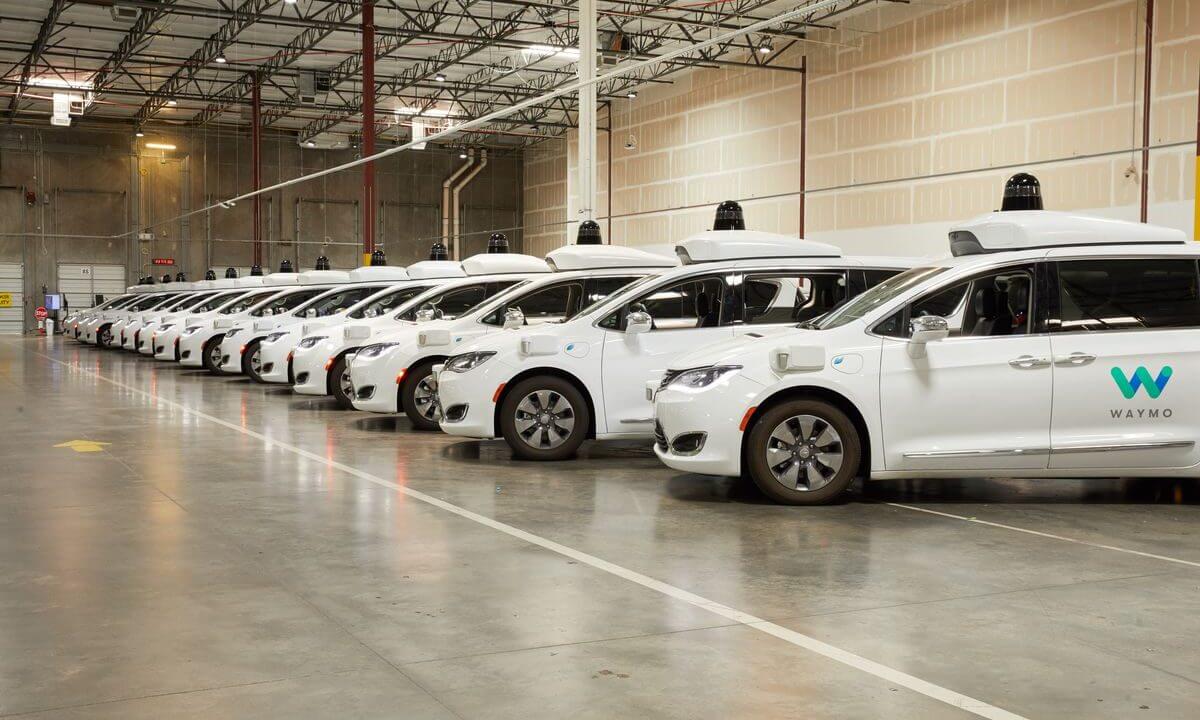The concept of driverless cars is no longer futuristic. Self-driving taxi services are becoming a reality thanks to companies like Waymo and others. The design of cars as well as urbanism, services, and even our ideas of ownership will be impacted by this new technology.
A self-driving technology startup called Waymo is launching the first self-driving taxi service in the world. It is simple to see a near future in which driverless cars and other similar vehicles are the norms.
The effects of this kind of development extend beyond the technology and vehicle layout. When we no longer need to own and maintain personal vehicles, we won’t require our customary parking spaces, freeing up a significant amount of urban area.
Parking lots are used in about 40% of metropolitan areas. This surprisingly large quantity of unused urban space could present a chance for designers, architects, and urban planners to significantly alter the appearance and caliber of our streets if services like Waymo replace the majority of personal transportation.
Waymo and other businesses of a similar nature establish a new economy: a sharing and on-demand economy, which is certain to alter our connection with it, the things we use, and the services we receive.

Humanity created and refined a manufacturing system that produced an expanding range of goods. Nearly everyone had the potential to become an owner thanks to this economic system, which led to the emergence of a culture of ostentatious spending in which possessions are inextricably linked to social standing.
Due to the current economic climate, customers have purchased several items that they do not frequently use, accumulating underused assets with a very poor utility efficiency, such as an automobile that spends more than 95% of its lifespan parked.
People began to recognize at the turn of the century and the beginning of the next that, despite its profitability, the current system is unsustainable and has put modern human civilization in the face of its greatest threat and challenge. In every aspect of our culture today, major paradigm shifts are occurring, including the ideas of private ownership.
On-demand services are currently replacing many different things. Such as tools, transportation methods, and many others. Due to many factors, including upfront cost and maintenance.
The aesthetics and planning of our society will afterward shift into something different as the types of goods/services offered change. The introduction of shared autonomous car designs like Waymo’s will make this change in how cities appear particularly obvious.
Last but not least, it was necessary to build autonomous vehicles and driverless cars differently. Examples of these are the Waymo, Renault EZ concept, and other similar vehicles. Designing for this new form of mobility requires not only being able to incorporate the necessary technology. This alters the exterior appearance of the vehicle. But is also able to integrate the variety of users and how they use this new form of service. Therefore, opening up countless design possibilities.
One of the major transformations in the illustrious and well-respected transportation design industry will take place to prepare for a world without drivers.

Read more on Archup:
Ferrari World Abu Dhabi : A Thrilling Theme Park For Car Lovers
Driverless Emergency clinics: Noah is a moving clinical focus on wheels
roof space one is a panoramic car tent that can be easily set up in just one minute


 العربية
العربية